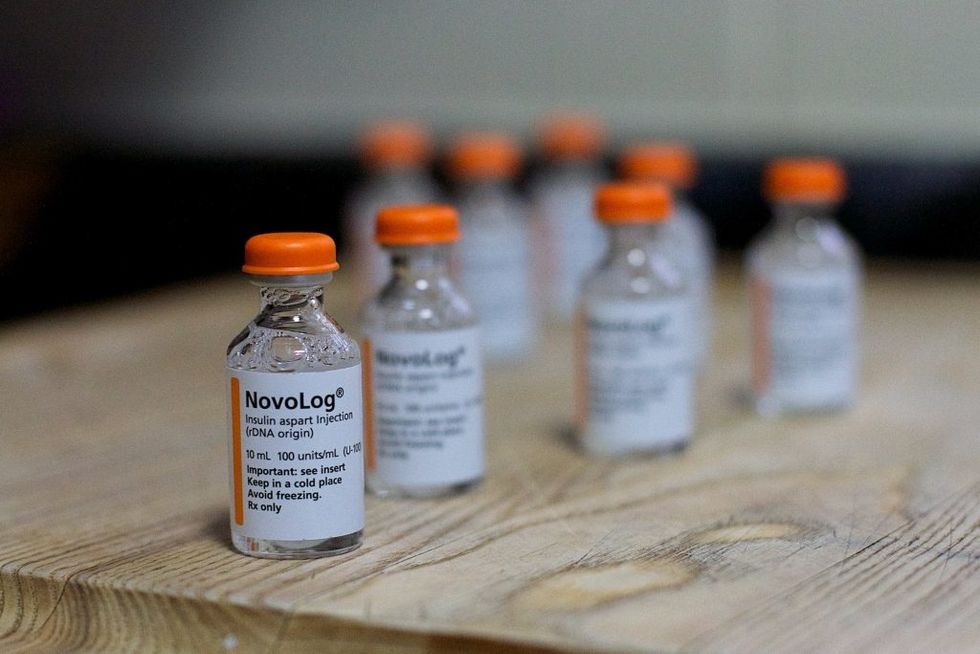10 Differences Between Type 1 And Type 2 Diabetes That You 100 Percent Need To Understand
There IS a difference.
I can easily say that I know at least one person with Type 2 diabetes, but I cannot say the same for Type 1 diabetes. This is because Type 1 Diabetes is actually rarer than Type 2 diabetes and more dangerous. There are a lot more differences between the two diagnoses as their short-term complications arise distinctively.
On the other hand, they both have similar long-term complications. If your loved one is diagnosed with diabetes, it is important to give them encouragement and support because if not carefully monitored the complications can become detrimental. The long-term complications are neuropathy (nerve damage), retinopathy (eye damage), and nephropathy (kidney damage).
The blood sugar dilemma can cause cardiovascular complications that may lead to heart attacks. In even more paramount scenarios, insufficient delivery to blood in the extremities combined with nerve damage and impaired wound healing capacity leads to lower-extremity amputations.
The following are 10 differences between Type 1 and Type 2 diabetes to help you understand how you can support others.
1. Type 2 diabetes is more common than Type 1 diabetes
Type 1 diabetes is genetically based to be absent of insulin-producing cells or to have the configuration to destroy their own insulin-producing cells.
2. You have the potential to cure Type 2 diabetes
When monitoring your sugar levels and your exercise regime at the earlier months of being diagnosed with Type 2 diabetes you can reestablish your metabolism and improve your overall health. This is only for the less extreme cases, which only become extreme if not taken care of.
3. Type 2 diabetes has a primary stage called pre-diabetic
Especially for those who have Type 2 diabetes in their family, early-onset can emerge thereby being classified as a pre-diabetic.
4. Type 2 diabetes is usually associated with other illnesses
People who experience obesity or being overweight to some scale end up developing Type 2 diabetes because of how poorly their metabolism has become.
5. Type 1 diabetes is more life-threatening
If not taken care of properly, Type 1 Diabetes can become deathly.
6. Type 2 Diabetes cause is conclusively unknown
The cause of Type 2 diabetes is never concrete because there are many factors that go into the decay of one's body. This can be excess weight, aging, lack of activity, or even lethal drugs.
7. Type 1 diabetes is diagnosed in young children or young adults
This is simply genetically based which means it will appear right away.
8. Type 2 diabetes is diagnosed primarily in adults
This is because the mature body no longer has those natural jolts of energy to grow from growth hormones and it is up to adults to ensure they keep their body energetic and safe. Also, adults are of age to drink and do what they want whether that's productive or destructive.
9. Type 1 diabetes treatment is insulin
Since their body is designed to either be absent of insulin-producing cells or destroy their insulin-producing cells the only treatment is insulin.
10. Type 2 diabetes treatment is blood sugar medication and a new lifestyle regime
Type 2 diabetes is where your blood sugar is too high and there isn't enough insulin to lower your blood sugar levels because the patient is either eating too much sugar or is not active enough to metabolize the sugar.
Overall there is a serious suggestion to change the entire lifestyle and start a healthy diet and exercise regime.



























